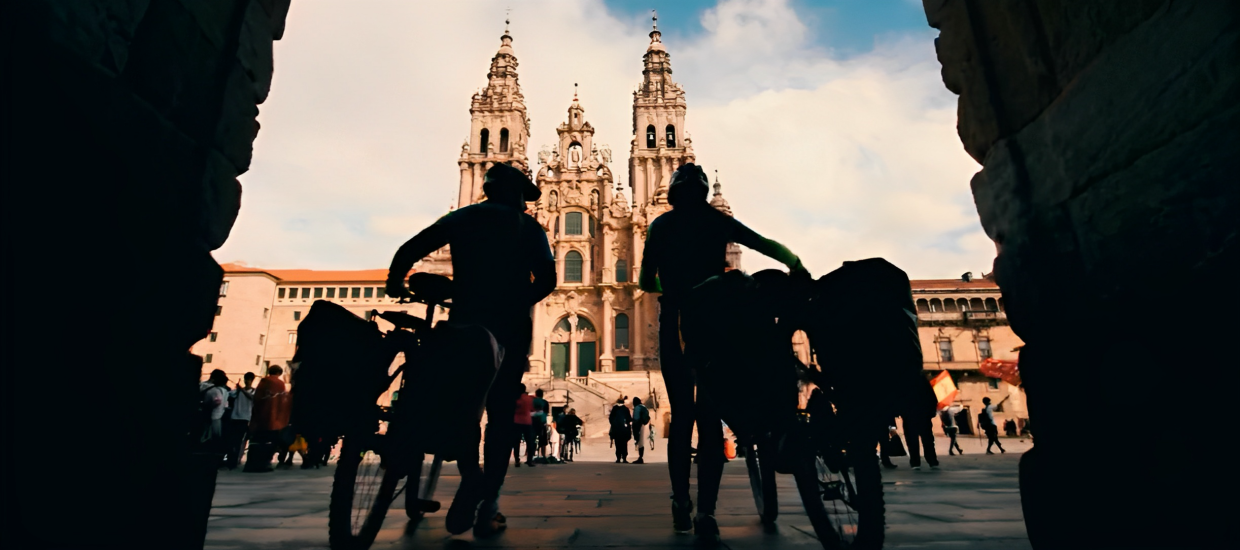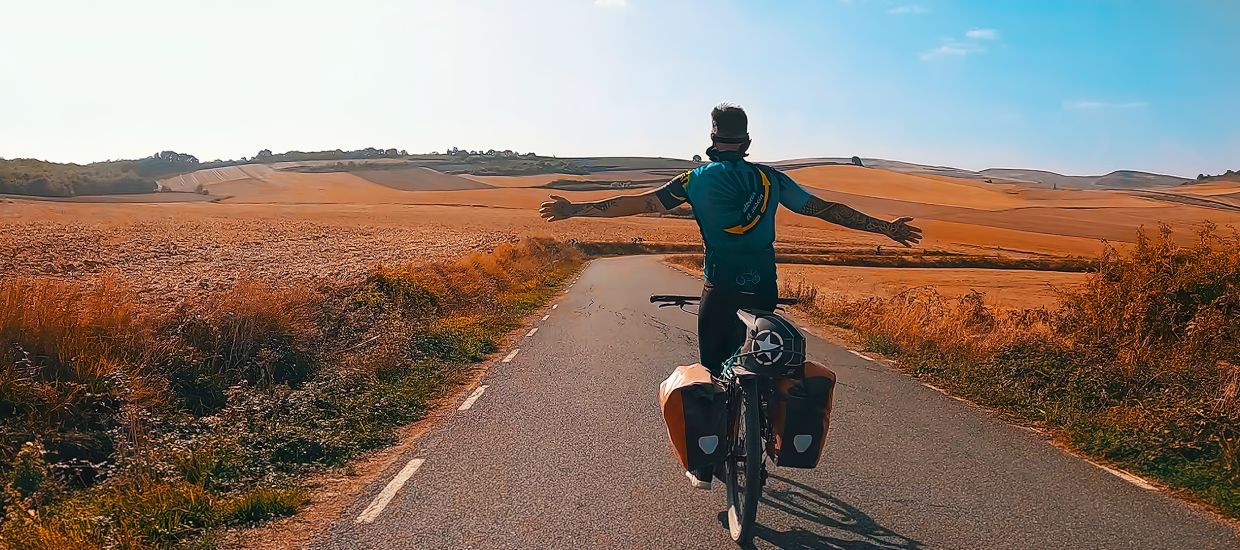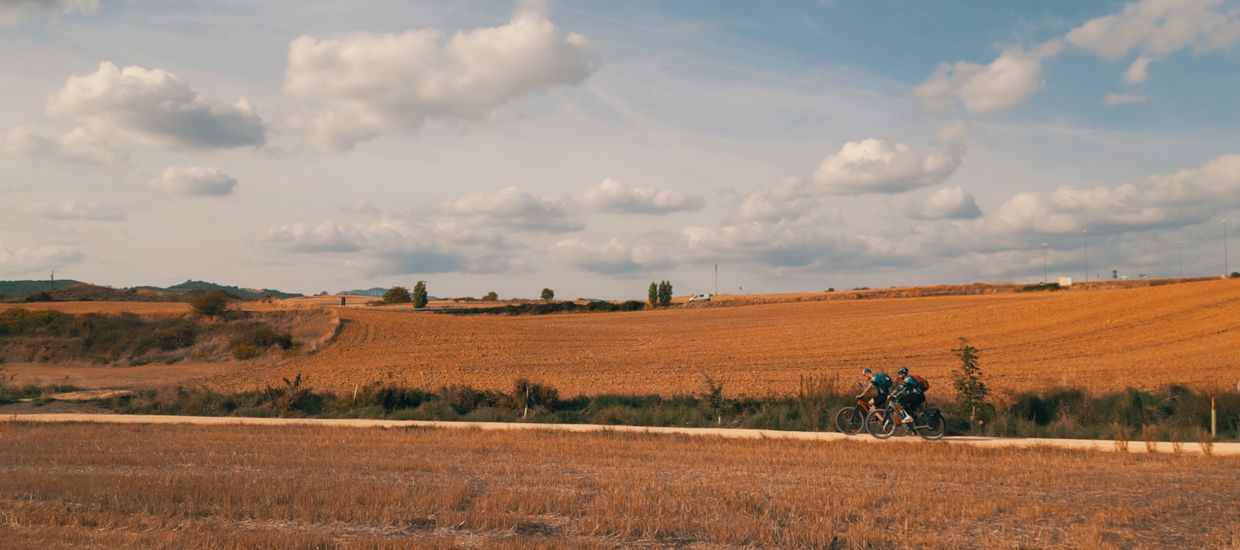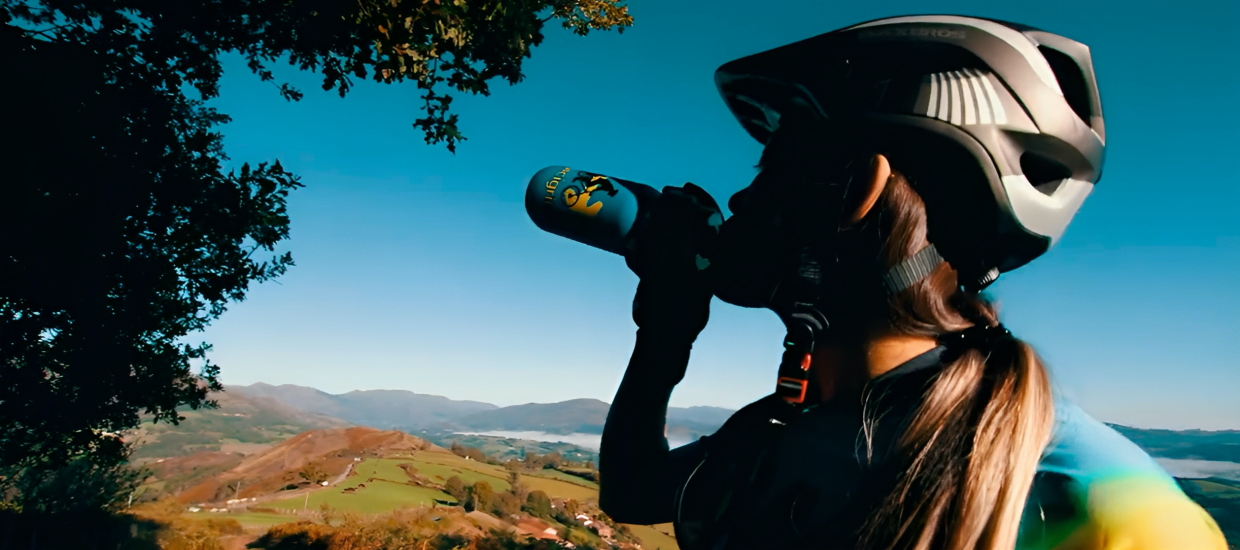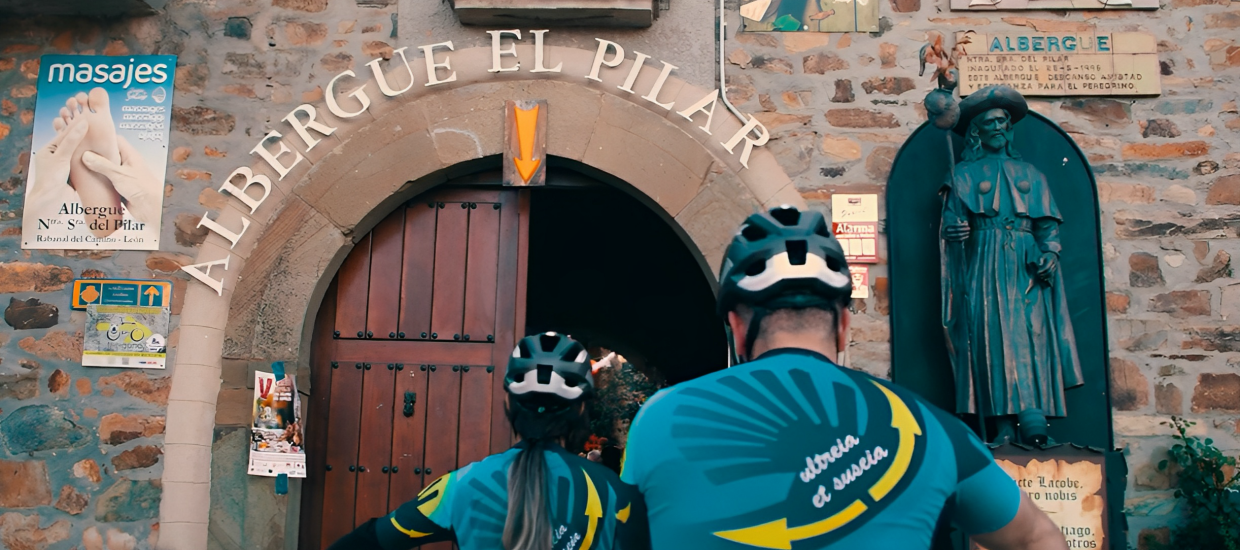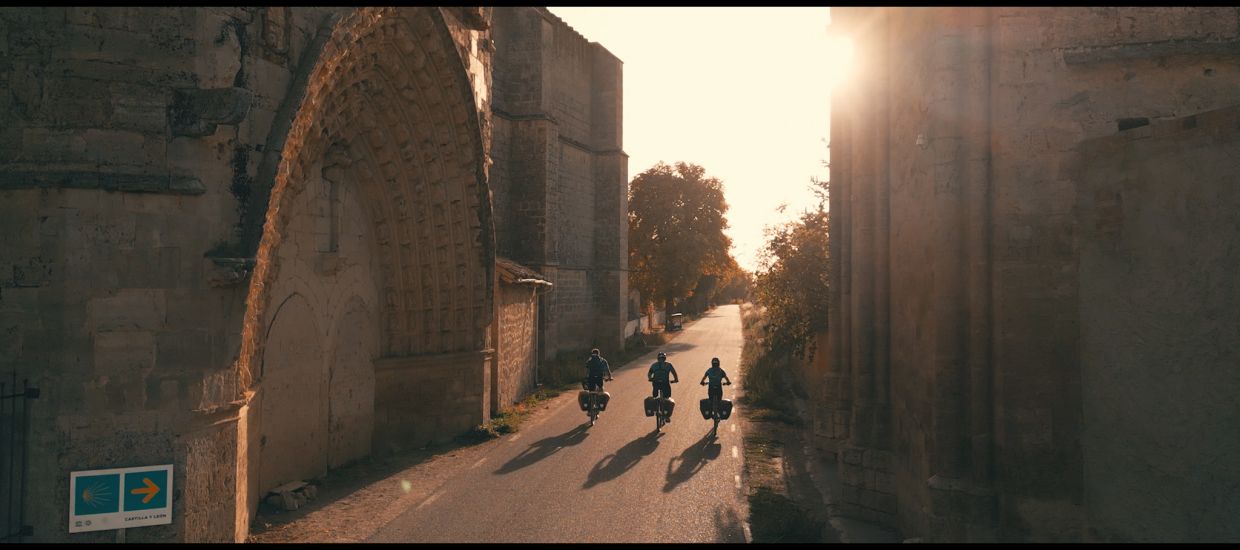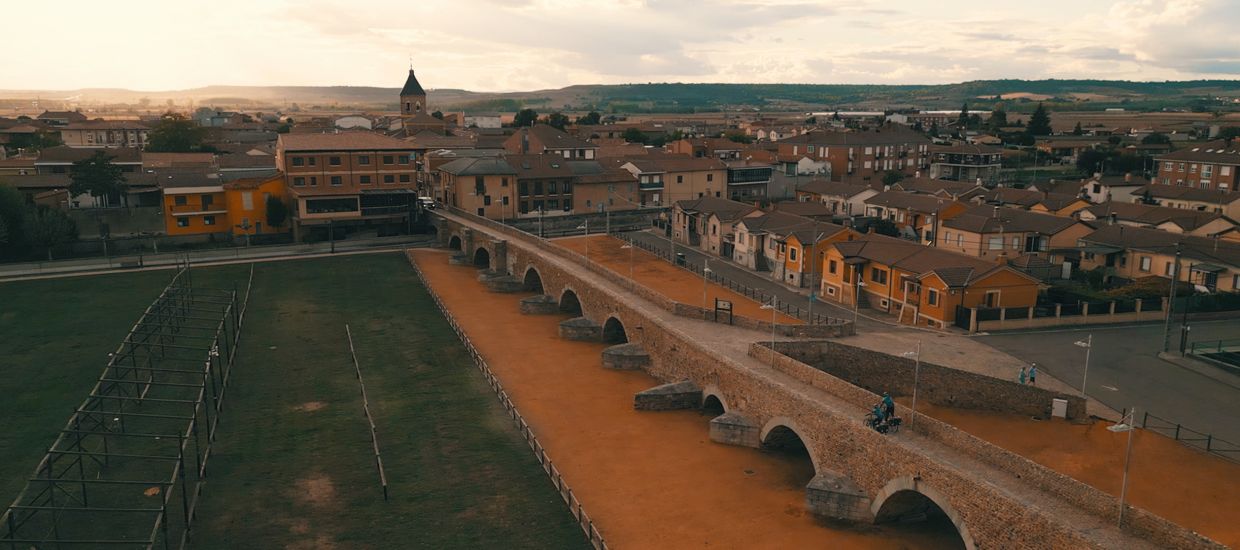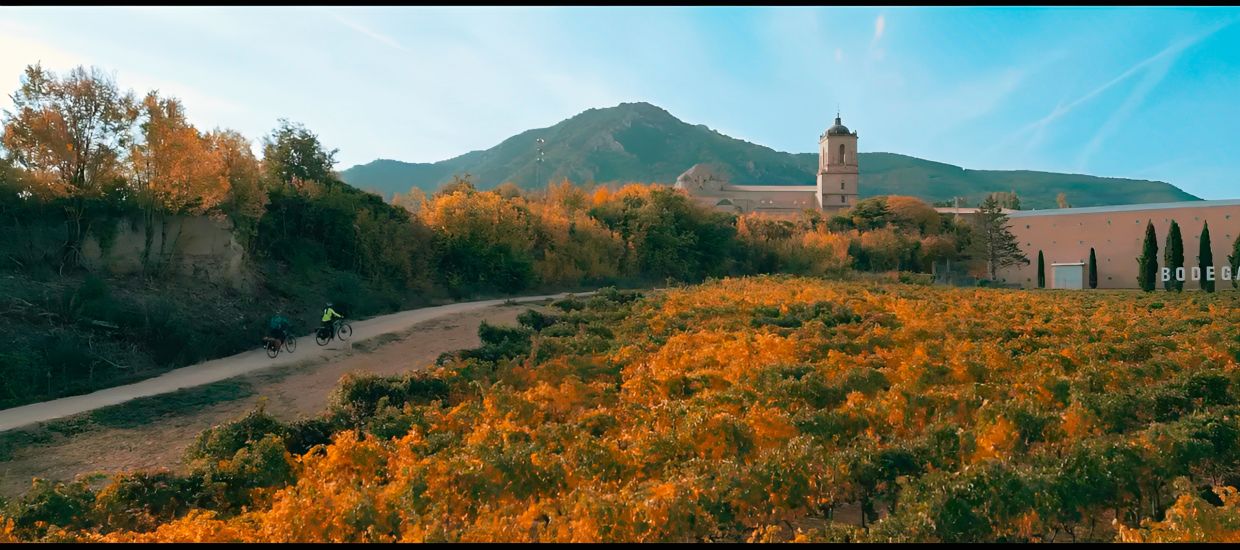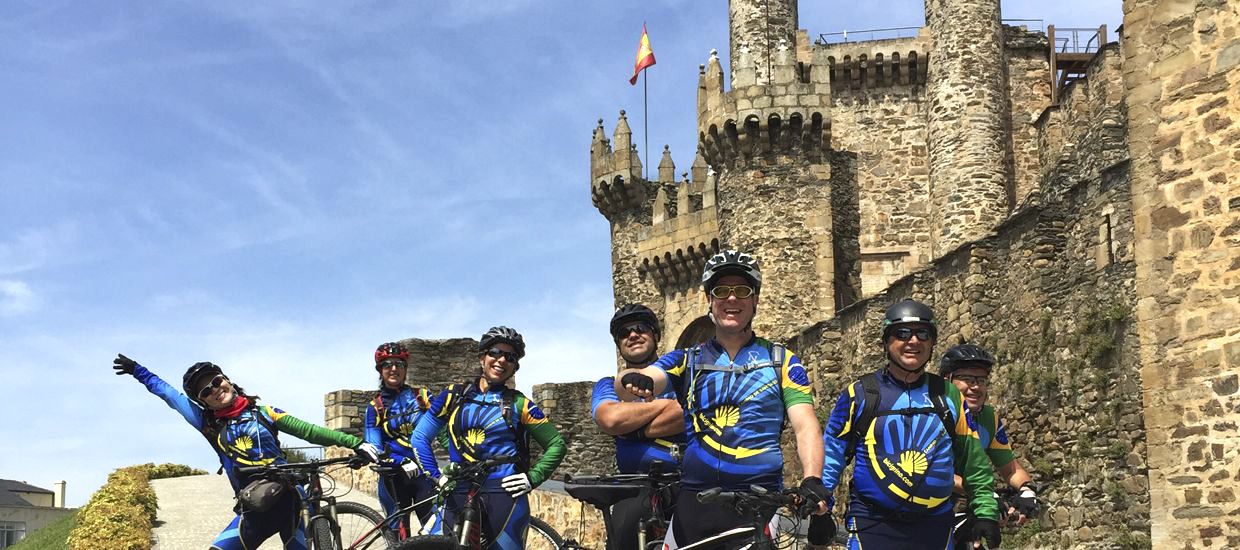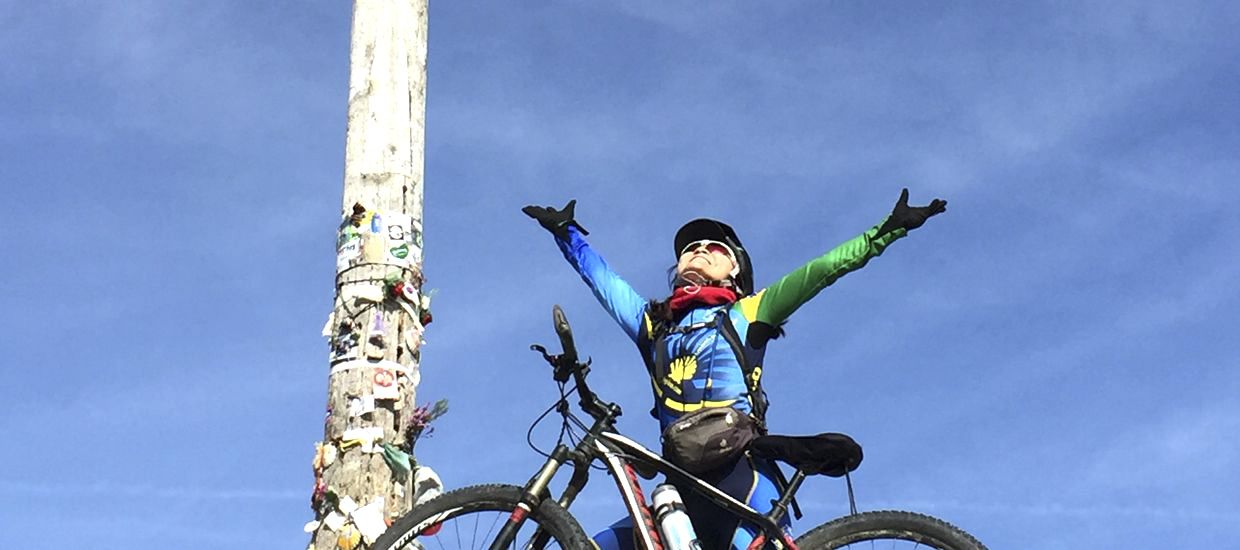Muxia
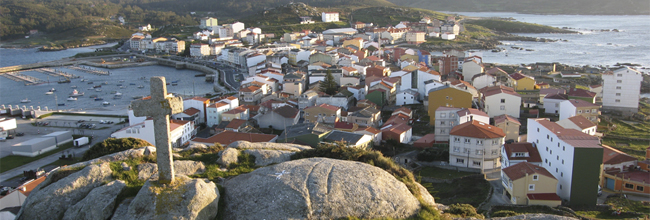
From Santiago, as a culmination to our journey or simply as a beautiful route that can be done in two stages, we have the option of going to the Sanctuary of Virgen de la Barca in Muxía.
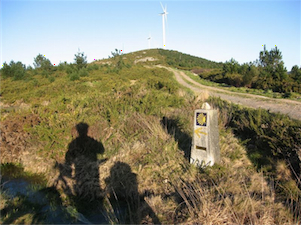
When you get to Santiago through Camino de Santiago, no matter which route you have choosed, whether by the French Way, whether by Vía de la Plata, whether by the Northern Way… Many are attracted to the possibility of continuing to Finisterre or Muxía in this case, and the first feeling that comes to mind is that as we have achieved our challenge and our purpose to perform Camino de Santiago, we can afford the license and “gift” of approaching Muxía. We think we can afford the luxury of going through this route quite sure that we will have no problem extending the route and it would be wonderful to do it, but it is a mistake instead of a gift. The route is pretty rough, broken with constant slopes up and down and not so well marked such as the French Way for example. It will not be easy to do and we will have to make our best effort to get it but the effort is certainly worthwhile.
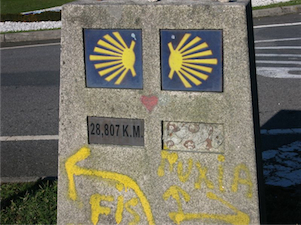
In most of the route we will share route with the path that also leads to Finisterre and will not be until a place located about 30 kilometers from Santiago that we will find the detour that will give us the option to go to Finisterre or as is the case at hand to Muxía. This deviation is very close to the small village of OLVEIROA.
As already indicated in the description of the stage of Finisterre, our path to Muxía begins at the very Obradoiro Square and to see the first few arrows we should go down the steep street that starts right outside the front of the Hostal de los Reyes Católicos, it is the RUA DAS HORTAS, and from there we will already be following the path that takes us away from Santiago by residential areas with nice houses, though not long before we dive into lush forests of eucalyptus soon after leaving the city.
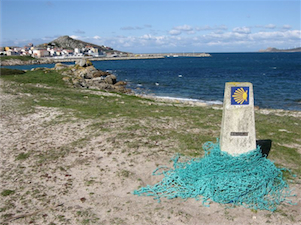
The logical thing is to do this journey in two days, using the first day of pedaling to get as close as possible, and using the second day to reach Muxía at noon.
The most logical stage for the first day bicycling because of the distance and many other conditions is SANTIAGO – OLVEIROA, in this small village there is a great hostel where it will be relatively easy to get a place and in the town there is the charming and intimate restaurant AS PIAS where you can taste succulent local dishes at very affordable prices, in AS PIAS there is also accommodation in double and single rooms making it one of the places with better reception of all the routes, and it is worth going even if you only have a beer in its peculiar bar.
Writings of the year 572 already put the territory of Muxía confined to the diocese of Iria Flavia. The Shrine of Nosa Señora da Barca, where pilgrims arrived after passing through Santiago, was a key factor in the history of the place.
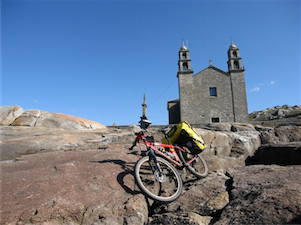
We will access Muxía through a beautiful white sand beach and will see the town ahead of us silhouetted against the horizon and showing its unique beauty. Following the promenade and harbor, never leaving the proximity of the sea on our right, we reach the famous Shrine of Nosa Señora da Barca. No doubt the image that best identifies Muxía and that will leave us speechless due to its situation and the peculiar contrast between the sea, rocks and the sanctuary ..
The sanctuary as place of worship was built to Christianize a place where pagan cults were performed by the ancient Celts. The first chapel was built in the twelfth century and became prominent due to the fact of being the final stage of pilgrims who, after visiting the apostle, were heading to this land to worship the Virgin and contemplate the curious stones in the place where, according to legend, the Virgin appeared to St. James to encourage him in his attempt to Christianize the land of the northwest peninsula.
